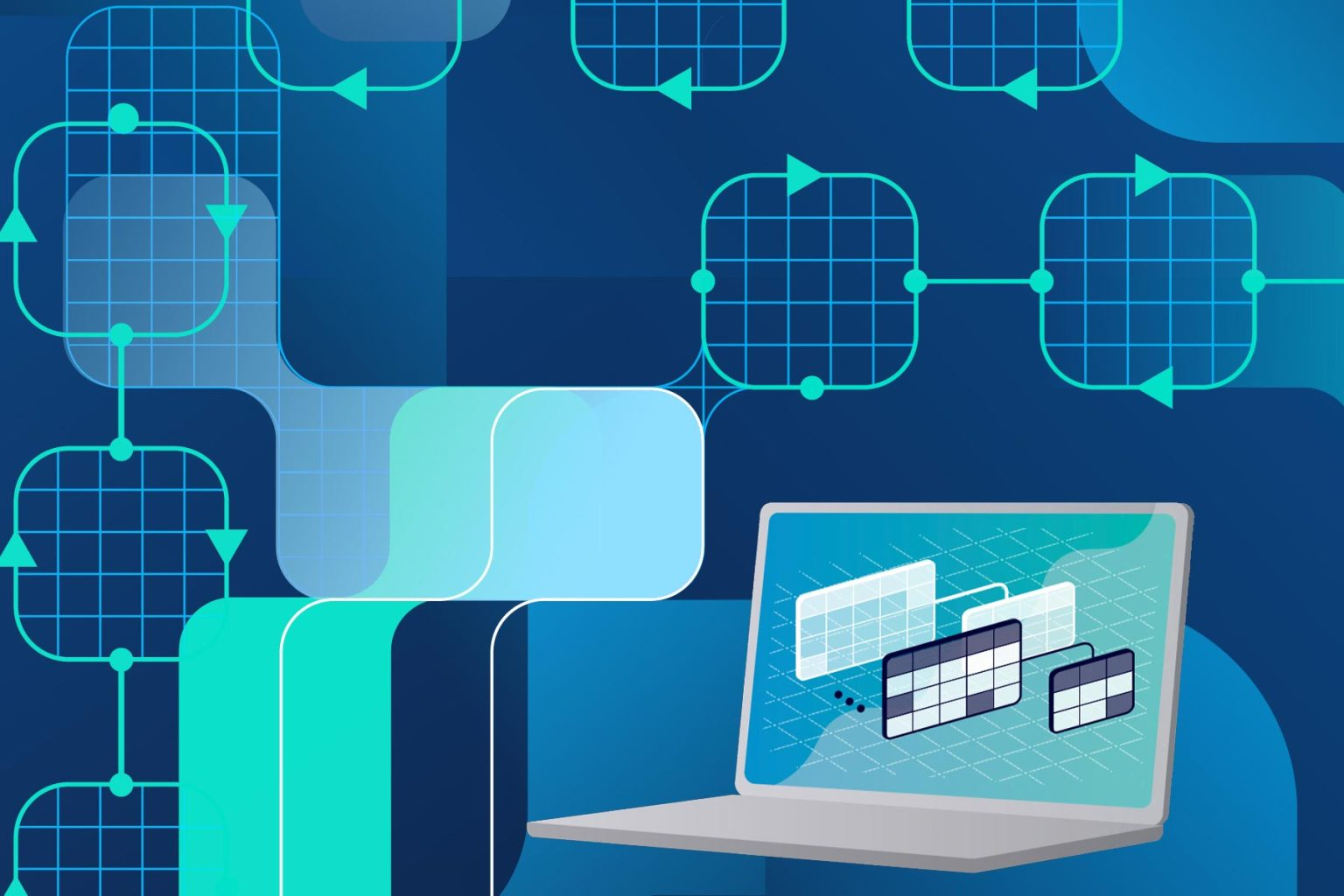"DataCebo, an MIT spinoff, leverages generative AI to produce synthetic data, aiding organizations in software testing, patient care improvement, and flight rerouting. Its Synthetic Data Vault, used by thousands, demonstrates the growing significance of synthetic data in ensuring privacy and enhancing data-driven decisions. Credit: SciTechDaily.com" (ScitechDaily, Generative AI: Unlocking the Power of Synthetic Data To Improve Software Testing)
In software testing, the AI can connect itself with simulators or record data from environments or similar systems. Then the interactive AI can interact with those systems and models. Similar systems can used for physical tools.
"DataCebo offers a generative software system called the Synthetic Data Vault to help organizations create synthetic data to do things like test software applications and train machine learning models. Credit: Courtesy of DataCebo. Edited by MIT News." (ScitechDaily, Generative AI: Unlocking the Power of Synthetic Data To Improve Software Testing)The new microchips can revolutionize the quantum computer development. Those photonic microchips are systems that can keep a computer's temperature low. It's possible. Photonic microchips can also change their states between binary and quantum modes. Those new microchips require highly advanced operating systems that can control them accurately.
The microchip itself does nothing. Operating systems and software are also important tools for successful computing. In AI-based systems, the center of the system is the language model. That model can search for things on the Internet.
Or it can use limited datasets. The AI-based operating system can activate needed applications. Or if that application is not installed or the system has no access to it. That AI-based system can search that application from the application store. Then the system can ask, will the user wants to use a keyboard or spoken words. Starting to drive commands to that application. The application might involve a database. That tells the AI what kind of commands the application requires. And then the AI can use those commands to control the application.
Generative AI can use synthetic datasets to improve research.
The morphing network. Along with generative AI, morphing networks can collect data from multiple data sources. That means it can collect data from multiple laboratories. And the networked AI can use simulations with highly accurate computing to make simulations of the materials and their behavior in certain environments. When we think about synthetic data, we can use multiple sources to get that data. And we can connect arbitrary numeric and chemical values in that data. This type of dataset can simulate thermal effects in microchips very accurately.
The new and powerful AI requires an AI-based operating system. That can control microchips and other hardware interaction with software very accurately. That allows the system to shut down part of the microprocessor's cores if its temperature rises too high.
 |
| Image: FreeThink.com |
The over-human software developers that are AI-controlled development environments that are the most effective systems in the world can use this type of synthetic data for the R&D process.
In the case of physical systems like cars or ships, this kind of tool can collect data from different accidents. And things that cause most inspection rejections. Then the system can collect data from other vehicles where those points don't cause denies, and then that system can connect those solutions with new models. In the same way, the AI-based software development tool can search for things like data security- and other vulnerabilities following parameters that are stored in the system.
The AI-controlled developer can connect with the AI-based operating systems. That can adjust the microchip operations. That thing makes those systems even more effective. However, the AI-based software development system requires an operating system that interacts between software and hardware.
https://www.freethink.com/robots-ai/ai-software-engineer
https://scitechdaily.com/generative-ai-unlocking-the-power-of-synthetic-data-to-improve-software-testing/
https://scitechdaily.com/quantum-computing-takes-a-giant-leap-with-light-based-processors/







No comments:
Post a Comment
Note: Only a member of this blog may post a comment.